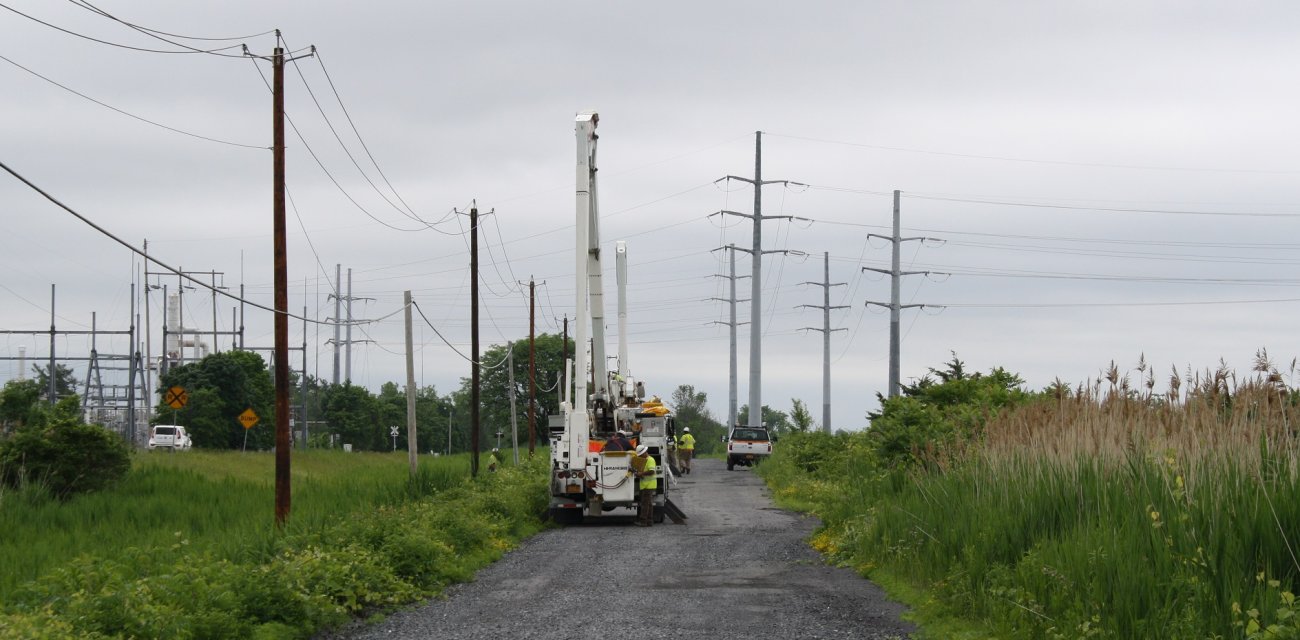New York’s aging power grid is a threat to the state’s economy. If we want to assure that families, small businesses, and job creators can afford to stay in New York, then it’s essential that we have affordable and reliable electricity. As such, we need to make major investments in new transmission lines as well as in significant improvements to existing lines, and in so doing prioritize the economic needs as well as the energy needs of our people.
The federal government is giving us a major reason for urgency, as Stephen Whitley, President and Chief Executive Officer of the New York Independent System Operator (NYISO), the non-profit operator of the state power grid, pointed out in a recent letter to the Public Service Commission (PSC). To comply with new federal regulations for renewable energy, New York will need to produce 15,000 megawatts of power from renewable sources, and most of these will have to be located in upstate and Western New York. Much of this electricity, however, won’t reach downstate unless new transmission lines are constructed.
As we face this massive grid expansion, we also have to address the problem posed by an existing grid that is old and balkanized. Transmission lines experience normal wear and tear over the years, which reduces capacity and makes them ever more vulnerable to extreme weather. The New York State Transmission Assessment and Reliability Study estimates that 4,700 miles of transmission lines, or 42 percent of the state’s transmission lines, will need to be replaced within the next 30 years.
Furthermore, it typically takes 10 years to receive approval, finance, and build major new transmission lines.
New York’s grid also needs to be reconfigured to reduce existing bottlenecks that limit the ability of upstate power generators to sell and deliver energy to demand-heavy downstate—which raises costs for consumers.
Expanding and upgrading the grid will clearly result in a better economy for all New Yorkers. Building new clean power facilities together with new and improved transmission lines will create much-needed jobs in upstate and Western New York, while moving more affordable and reliable electric power to densely populated downstate areas.
And these crucial grid enhancements should be carried out while keeping in mind the already heavy burdens on New York ratepayers suffering from some of the highest energy costs in the country. Investments in new transmission capacity should be the responsibility of private companies—and the funding, licensing, and construction process must be completely transparent and fair. There should be no subsidies to private parties, whether they are hidden or direct.
Unfortunately, the modernization and large investments that would make many communities thrive and create jobs throughout New York is often being held up by some who simply do not appreciate our energy needs.
For example, certain Indian Point opponents demand two things that are mutually exclusive: they do not want major new transmission lines, and they also want to close Indian Point, which provides 2,069 megawatts of nearly carbon free power.
Closing Indian Point would have devastating impacts. A recent independent study documented that Indian Point is responsible for 5,400 jobs in New York State. Also, in the near-term especially, New York would need to rely more on fossil fuels serving to increase carbon emissions.
Regardless of Indian Point, New York will desperately require substantial new transmission in the near future. The loss of Indian Point would only exacerbate this need.
New York’s transmission challenges are serious, but they can be overcome. We need the PSC to approve transmission upgrades and new lines, and to ensure that the cost be borne by the private sector through a transparent and accountable process. Now is the time for our state to prioritize our electricity needs and provide power for an economy that works for all of us.
Dr. Matthew Cordaro is the former chief executive officer of the Midwest Independent System Operator, the non-profit transmission grid operator serving 15 states and a Canadian province. He serves on the advisory board of the New York Affordable Reliable Electricity Alliance and is also a former CEO at utility companies.
This article first appeared in Breaking Energy.

